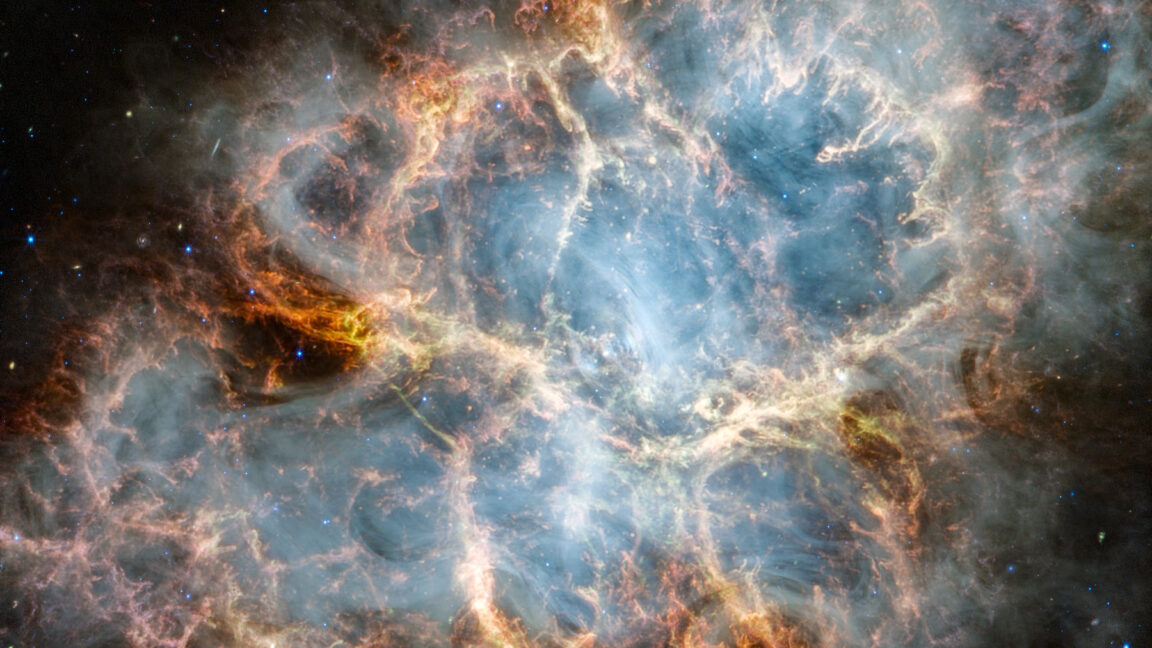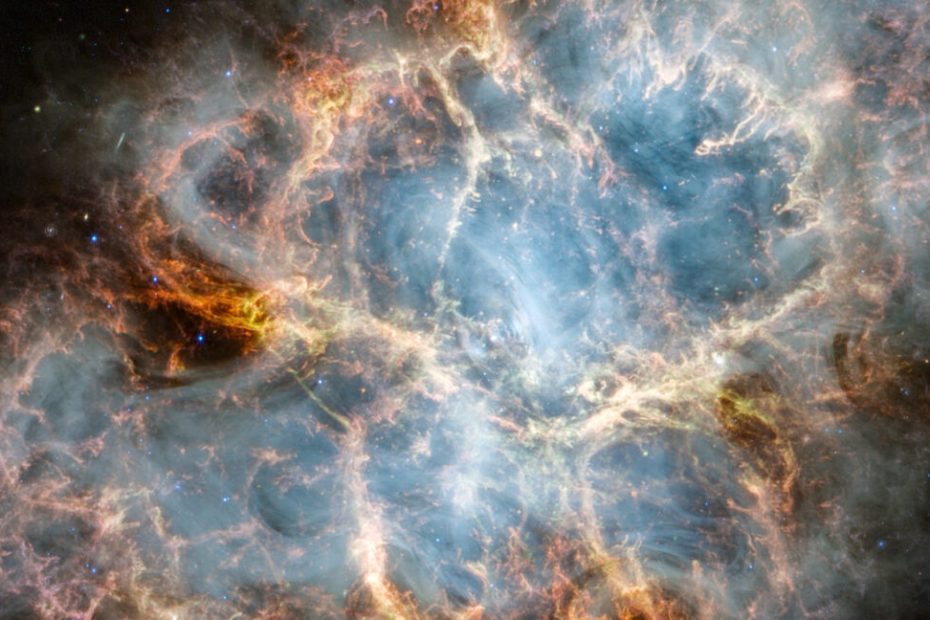
From its halo-like orbit nearly a million miles from Earth, the James Webb Space Telescope sees further than human eyes have ever seen.
In May, astronomers announced that Webb had discovered the most distant galaxy yet found: a faint blob of red light that we see as it existed just 290 million years after the Big Bang. Light from this galaxy, which has several hundred million times the mass of the Sun, traveled more than 13 billion years until photons struck Webb's gold-covered mirror.
A few months later, in July, scientists released an image Webb had taken of a planet orbiting a star slightly cooler than the Sun, nearly 12 light-years from Earth. The alien world is several times as massive as Jupiter and the closest exoplanet ever directly imaged. One of Webb's science instruments has a coronagraph to blot out bright starlight, allowing the telescope to distinguish the faint signature of a nearby planet and use spectroscopy to measure its chemical composition.
This is just a taste of the discoveries the $10 billion Webb Telescope has made since it began making scientific observations in 2022. Judging from astronomers' interest in using Webb, many more will follow.
Breaking records
The Space Telescope Science Institute, which operates Webb on behalf of NASA and its international partners, said last week that it has received 2,377 unique proposals from science teams seeking observation time at the observatory. The institute issued a call for proposals earlier this year for the so-called “Cycle 4” series of observations with Webb.
This volume of proposals represents approximately 78,000 hours of observing time with Webb, nine times more than the telescope's available capacity for scientific observations in this cycle. The previous observation cycle had a similar “oversubscription” rate, but less overall observation time was available to the scientific community.

